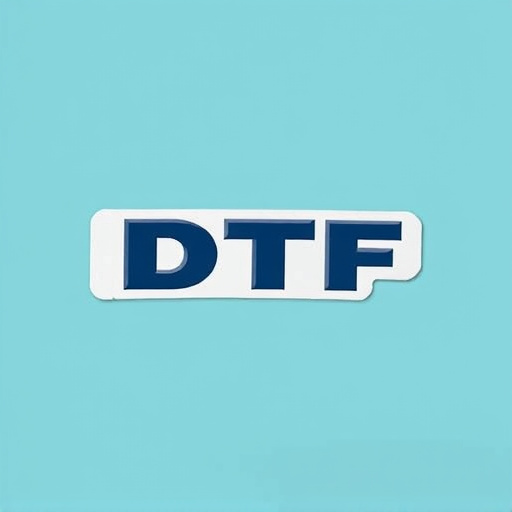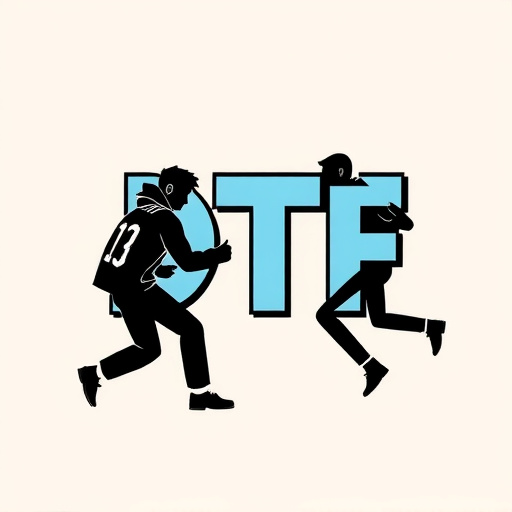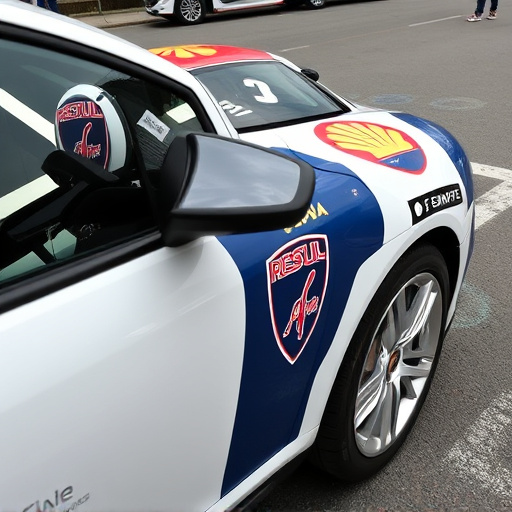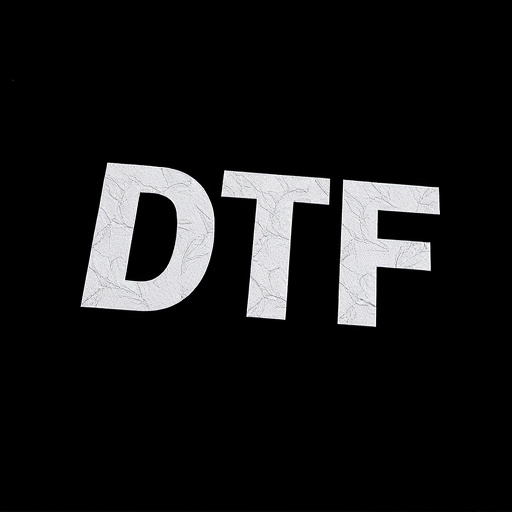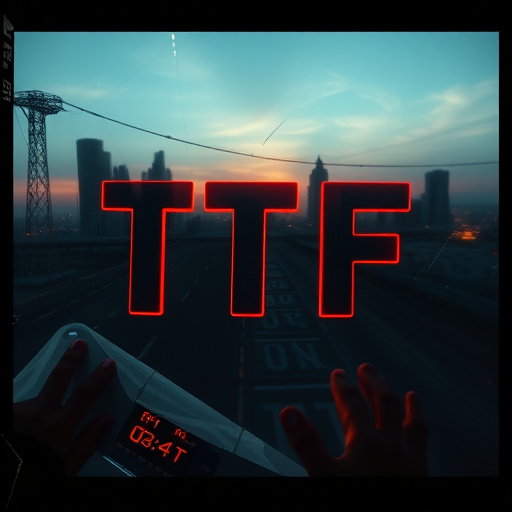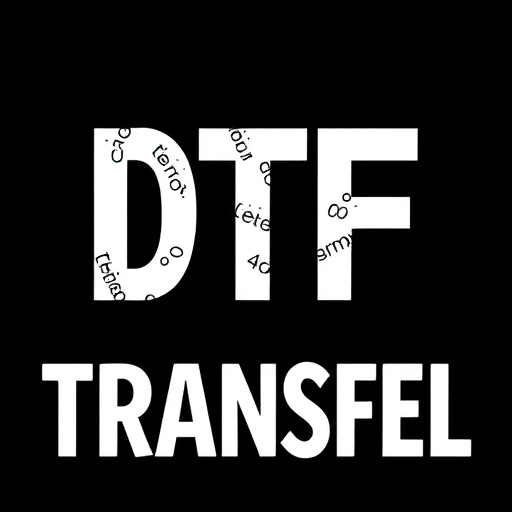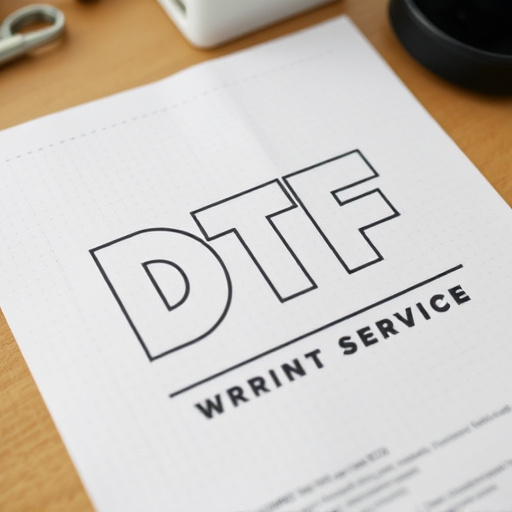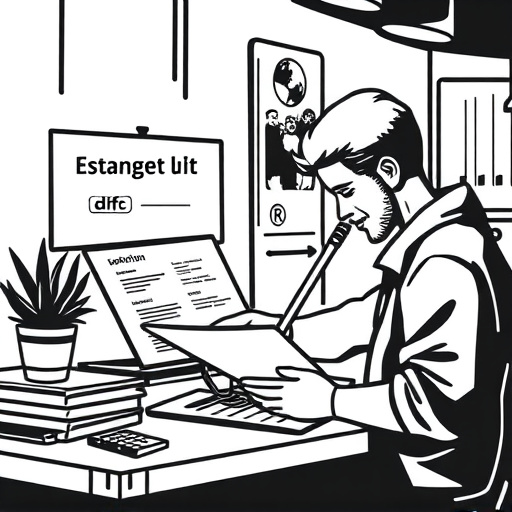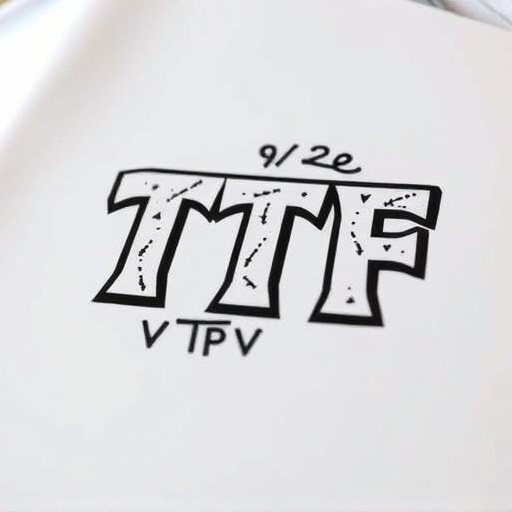DTF Printing is a revolutionary process that dramatically reduces film transfer times from days/weeks to just 24 hours. Using specialized printers, it bonds pigment inks for vibrant, detailed prints while preserving original content integrity. Ideal for urgent projects, short-run printing, event marketing & pop-up exhibitions, DTF Printing offers high-quality outputs with swift turnaround times. With continuous advancements in technology, this game-changing technique is set to become indispensable across diverse industries.
In today’s fast-paced media landscape, the demand for direct-to-film (DTF) printing has skyrocketed. Traditionally, film transfer processes have been time-consuming, taking weeks or even months. However, recent innovations have paved the way for expedited production of DTF transfers within a remarkable 24 hours. This article delves into the intricacies of DTF printing, explores the current state of film transfer timelines, highlights cutting-edge technologies, and examines the quality control, market applications, and future prospects of this revolutionary process.
- Understanding Direct-to-Film (DTF) Printing: A Quick Overview
- The Current State of Film Transfer Timelines
- Innovations in DTF Technology for Expedited Production
- Optimizing the Process: From Film to Print in 24 Hours
- Quality Control and Assurance in Rapid DTF Production
- Market Applications and Future Prospects for 24-Hour DTF Transfers
Understanding Direct-to-Film (DTF) Printing: A Quick Overview
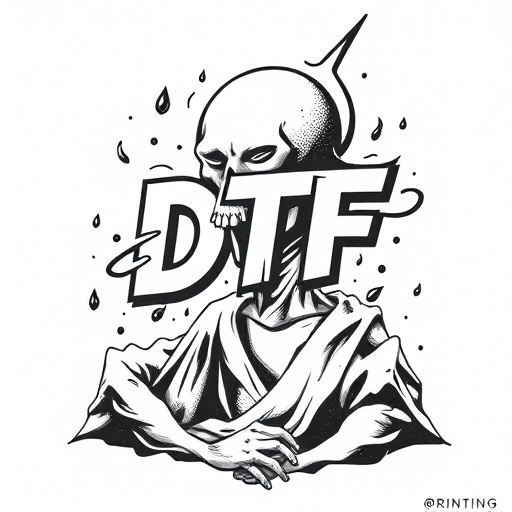
Direct-to-Film (DTF) printing is a cutting-edge technique that has revolutionized the way we approach film transfers. Unlike traditional methods, DTF enables the direct transfer of images and videos onto various materials, including vinyl, metal, and even glass, within an incredibly short time frame. This innovative process involves using specialized printers that bond pigment inks directly to the surface of the chosen medium, resulting in vibrant, long-lasting prints with exceptional detail.
The beauty of DTF Printing lies in its versatility and speed. With this technology, businesses can now offer expedited production times, often completing transfers within 24 hours. This rapid turnaround time is particularly advantageous for urgent projects or special events, ensuring that clients receive their final products promptly. Moreover, DTF Printing’s direct-to-surface application method ensures a precise and accurate representation of the original content, making it an ideal solution for preserving cherished memories and creating unique, high-quality visual experiences.
The Current State of Film Transfer Timelines
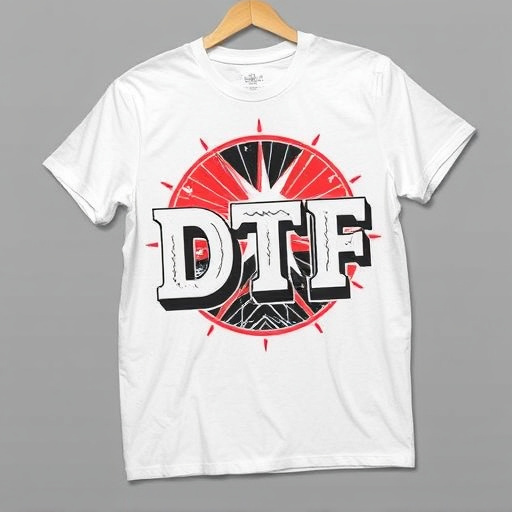
The current film transfer process is often a lengthy one, typically taking several days or even weeks to complete. This timeline has been the industry standard for years, leaving little room for urgency or quick turnaround times. However, with advancements in technology, especially in Direct-to-Film (DTF) printing techniques, there’s a new paradigm emerging. Now, it’s possible to achieve direct-to-film transfers within a mere 24 hours, revolutionizing the way we preserve and share cinematic heritage.
This expedited process is a game-changer for many reasons. It enables faster access to archival films, allows for urgent restoration projects, and facilitates the quick reproduction of rare or vintage movie prints. In today’s digital age, where speed and efficiency are paramount, this 24-hour turnaround time offers a competitive edge while ensuring the integrity and quality of the original footage.
Innovations in DTF Technology for Expedited Production
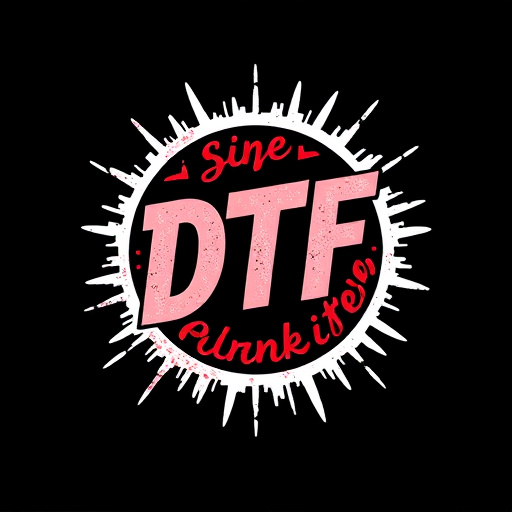
Optimizing the Process: From Film to Print in 24 Hours
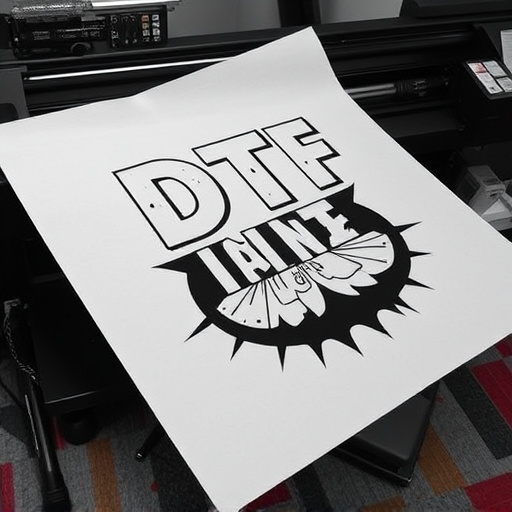
In today’s fast-paced media landscape, meeting the demand for quick turnaround times is paramount, especially for direct-to-film (DTF) printing. The ability to transform film into a print-ready format within 24 hours is no longer a luxury but a necessity. This rapid process optimization involves several key steps. First, high-quality digital scanners are employed to accurately capture the film’s content, ensuring every detail is preserved. Next, advanced software algorithms enhance and optimize the scanned images for printing, compensating for any potential loss in quality during the expedited process.
Furthermore, specialized printing presses equipped with cutting-edge technology enable the efficient reproduction of the digital file. This includes precise color matching and uniform ink distribution to guarantee consistent results across every print. With a well-oiled workflow integrating these technologies, DTF printing can offer near-instant access to physical prints, catering to various applications like short-run productions, event marketing, and pop-up exhibitions.
Quality Control and Assurance in Rapid DTF Production
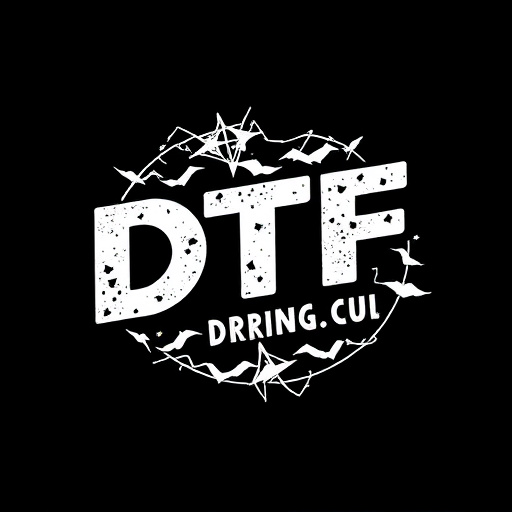
In the rush to deliver direct-to-film (DTF) transfers within 24 hours, maintaining quality control and assurance becomes a delicate balance. Despite the time constraints, rigorous QC processes are non-negotiable to ensure the final product meets industry standards and client expectations. This involves meticulous checks at each stage of production, from inputting raw footage to the final print. Advanced technology plays a pivotal role in streamlining these procedures, enabling rapid yet precise analysis of image quality, color accuracy, and resolution.
Skilled technicians employ specialized software to detect even the subtlest imperfections, ensuring that issues like flickering lights, static, or color cast are addressed promptly. Additionally, spot checks on individual frames guarantee consistency throughout the film, preserving the original content’s integrity. This meticulous approach to quality control is essential in rapid DTF production, confirming that speed does not compromise visual excellence.
Market Applications and Future Prospects for 24-Hour DTF Transfers
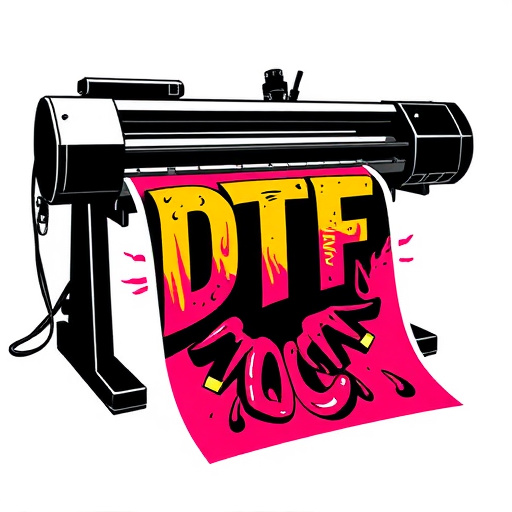
The expedited production of direct-to-film (DTF) transfers within 24 hours has opened up a world of possibilities in various market applications, revolutionizing the way content creators and businesses operate. This cutting-edge technology allows for the swift conversion of digital media into physical film formats, catering to a diverse range of industries. From short-run printing and advertising to special events and theatrical releases, DTF Printing offers an efficient solution without compromising on quality. Its versatility is particularly evident in situations demanding quick turnaround times, such as last-minute marketing campaigns or limited-edition product promotions.
Looking ahead, the future prospects for 24-hour DTF Transfers appear promising. As demand continues to grow for faster, more agile production methods, this technology is poised to become an indispensable asset. With advancements in equipment and software, the process is becoming increasingly refined, enabling even higher-quality outputs at accelerated speeds. Moreover, the integration of digital technologies like AI and automation will further streamline production, making DTF Printing a game-changer for businesses seeking innovative, time-saving solutions without sacrificing visual excellence.


